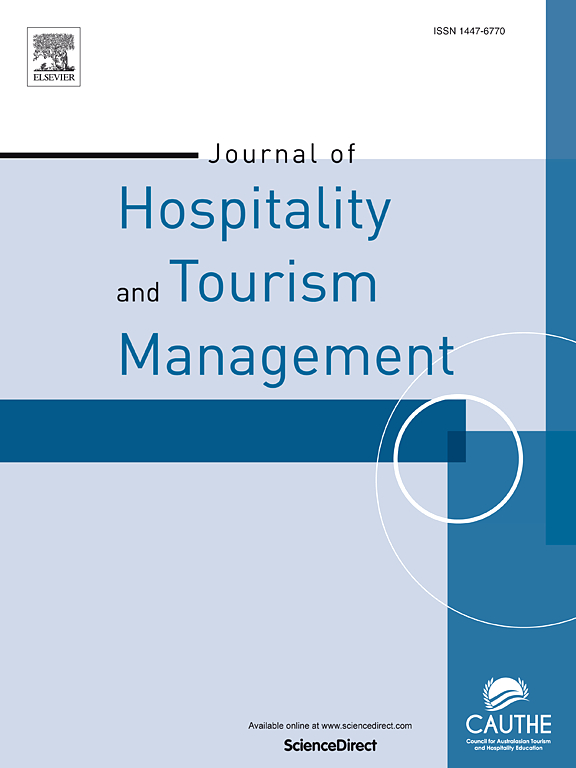Do nonalignable attributes count to tourists? The effect of crowding on attributes alignability preference
IF 7.8
1区 管理学
Q1 HOSPITALITY, LEISURE, SPORT & TOURISM
引用次数: 0
Abstract
Service providers strive to differentiate offerings to stay ahead. How to leverage the alignable and nonalignable attributes advantage of services is still a question to be solved. This research focuses on the role of crowding, a widely observed but important phenomenon during peak travel seasons, in shaping tourists’ willingness to process nonalignable attributes. On the basis of structural alignment model, this research conducted two online experiments and one field experiment to indicate that tourists in the crowding (vs. uncrowding) settings focus more on superior nonalignable (vs. alignable) attributes and tested the mediating role of competitive thinking in the influence mechanism. This research enriches findings of structural alignment theory and crowding in a tourism context, and provides marketing suggestions for travel and hospitality managers to develop effective communication strategies for their services.
不对齐的属性对游客有用吗?拥挤对属性对齐性偏好的影响
服务提供商努力提供差异化产品以保持领先地位。如何利用服务的可对齐和不可对齐属性的优势仍然是一个有待解决的问题。拥挤是旅游旺季中一个广泛观察到的重要现象,它在塑造游客处理非对齐属性的意愿中所起的作用。在结构趋同模型的基础上,本研究通过2个在线实验和1个实地实验,验证了游客在拥挤(非拥挤)环境下对优越非对齐(可对齐)属性的关注程度,并检验了竞争思维在影响机制中的中介作用。本研究丰富了旅游环境下结构趋同理论和拥挤现象的研究成果,并为旅游和酒店管理者制定有效的服务沟通策略提供了营销建议。
本文章由计算机程序翻译,如有差异,请以英文原文为准。
求助全文
约1分钟内获得全文
求助全文
来源期刊
CiteScore
13.30
自引率
8.40%
发文量
177
审稿时长
45 days
期刊介绍:
Journal Name: Journal of Hospitality and Tourism Management
Affiliation: Official journal of CAUTHE (Council for Australasian Tourism and Hospitality Education Inc.)
Scope:
Broad range of topics including:
Tourism and travel management
Leisure and recreation studies
Emerging field of event management
Content:
Contains both theoretical and applied research papers
Encourages submission of results of collaborative research between academia and industry.

 求助内容:
求助内容: 应助结果提醒方式:
应助结果提醒方式:


